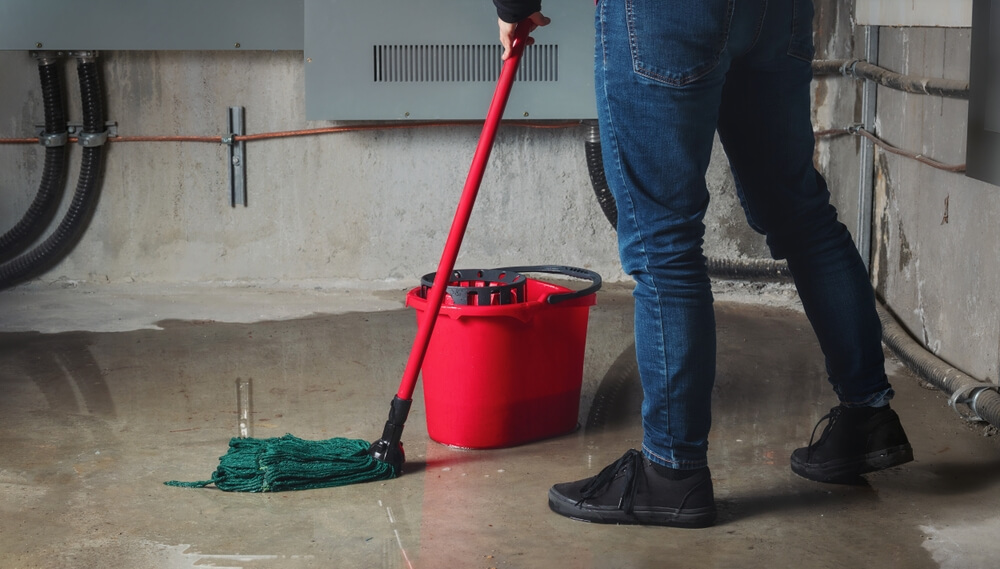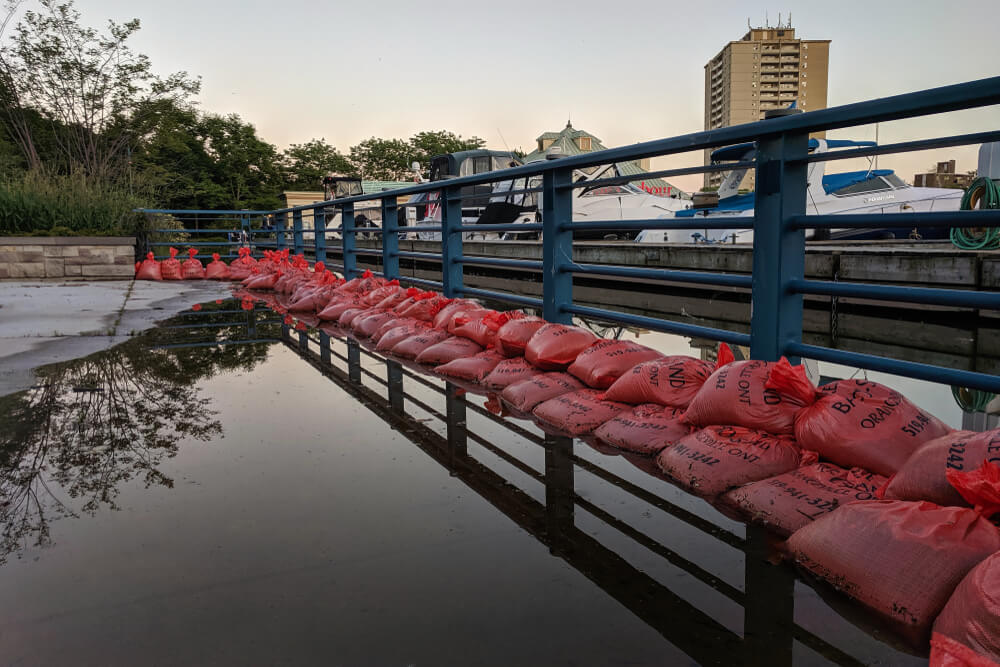
If you are not redirected within 30 seconds, please click here to continue.
Samedi: 10h – 16h HAE

If you are not redirected within 30 seconds, please click here to continue.
If you are not redirected within 30 seconds, please click here to continue.
Canadian Insurance Industry to Benefit from New Risk Assessment Tool

Table of Contents
The Boy Scouts have a famous motto: Be Prepared.
Canadian insurers may choose to remember that when forecasting and planning future budgets, especially considering the record $3.2-billion payout in claims made in 2013 due to floods, hail and ice storms. The lesson will also strike a chord with policyholders who weren't familiar with the term overland flooding, which is not a default coverage even though it can be added to existing insurance at an extra cost.
The town of High River, located 37 kilometres south of Calgary, certainly understands the need for preparation as it set up a two-day disaster training exercise to simulate last June's flooding nightmare.
Starting on May 9, Exercise Medicine Tree helped prepare Emergency Operations Centre (EOC) members and the Can-TF2 Disaster Response Team, based in Calgary, how to effectively deal with a disaster and execute a revised response plan complete with large tents, other temporary living quarters and an operations centre.
The Can-TF2 team is trained to mobilize within six hours of any large-scale disaster anywhere in Alberta. It's one of four nationally recognized Heavy Urban Search and Rescue (HUSAR) teams in Canada, including those in Vancouver (Can-TF1), Toronto (Can-TF3) and Winnipeg (Can-TF4).
Other important actions are taking place. For example, the Insurance Bureau of Canada is developing a Municipal Risk Assessment Tool (MRAT), to help communities across Canada reduce basement flooding. The IBC notes that water has overtaken fire to become the leading cause of property damage in Canada, costing insurers about $1.7-billion yearly.
The MRAT will combine insurance claims data, details about municipal infrastructure and climate modeling to predict where catastrophic sewer backups will occur. MRAT data will be displayed as risk maps where red areas will indicate basement flooding is likely and green areas will show places less vulnerable to flooding.
Municipal governments and city engineers will be able to use the information to deploy funds to high-priority areas, make decisions on infrastructure repairs and where to concentrate service levels.
The unique MRAT technology is designed specifically to provide data on today's vulnerabilities as well as a clear picture of what to expect in 2020 and in 2050. Coquitlam, BC, Hamilton, ON, and Fredericton, NB are the only three locations participating in the MRAT pilot project so far, but several other municipalities across the country will be included in the next few months.
Get money-saving tips in your inbox.
Stay on top of personal finance tips from our money experts!










